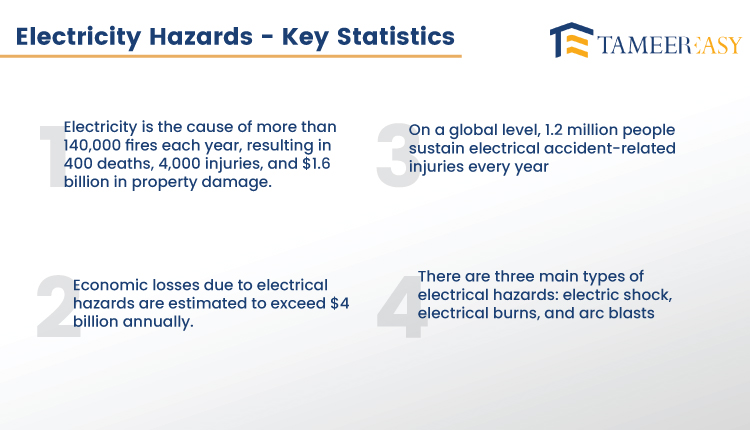Introduction
With summer in full swing, Pakistan’s landscape is swept by a sweltering heat wave. The promise of bright days and outdoor activities comes with the rising temperatures, but our electrical wiring systems are also significantly challenged by them.
The increased heat may harm electrical parts, creating dangerous circumstances, including short circuits, power outages, and even fires. It is essential to be aware of the potential threats and put preventive measures into place to guarantee the security and durability of our electrical systems over the summer.
This essay will examine the problem of rising temperatures and electrical risks in Pakistan, explore the causes of this problem, and offer five practical solutions.
Defining the Problem
1). Learning How High Temperatures Affect Wiring Systems
Electrical wiring systems may overheat in the summer’s intense heat, damaging wire insulation and increasing resistance. These problems can cause electrical failures, voltage swings, and equipment damage.
2). Increased Energy Consumption and Wiring Stress
During the summer, more air conditioners, fans, refrigerators, and other cooling appliances increase the need for power. The electrical wiring systems are under more stress due to the increased load. It raises the possibility of overheating and other dangers.
3). Outdoor Electrical Wiring Vulnerability
Outdoor electrical wires are particularly vulnerable to the effects of high temperatures. Examples of outdoor electrical wiring include powering outdoor outlets, water pumps, and garden lighting. Exposure to heat and direct sunshine increases the likelihood of insulation deterioration and wire damage.

Proposed Countermeasures
1). Regular Maintenance and Inspection
Conducting routine maintenance and inspection of electrical wire systems is essential for spotting any indications of wear, damage, or potential dangers. Engaging an experienced electrician to do thorough inspections, looking for frayed or loose wires or broken insulation, can help stop issues before they become more serious.
2). Proper Ventilation and Cooling
Overheating can be considerably reduced by providing enough industrial-level ventilation and cooling for electrical equipment and panels. Ensure that electrical cabinets are placed in well-ventilated spaces and that nothing is blocking them. Installing heat sinks or cooling fans can assist in removing surplus heat.
3). Insulation Upgrades and Improvements
Electrical wire systems can function better and be safer with better heat resistance and insulation materials. To protect against heat-related problems, use high-temperature wiring, heat-resistant conduits, and insulating tapes.
4). Load Management and Energy Efficiency
Load management and energy efficiency can reduce the stress on the electrical system by spreading out high-energy equipment throughout the day. Implementing energy-saving techniques, such as utilising energy-saving lights, adjusting the air conditioner’s settings, and reducing phantom loads, can also reduce energy usage and the strain on the wiring system.
5). Installation of Surge Protection Devices
A crucial preventive step to safeguard against power surges brought on by electrical disturbances is the installation of surge protection devices (SPDs). By rerouting excess energy away from delicate equipment, SPDs assist in avoiding damage and lowering the possibility of electrical fires.
Conclusion
For the sake of safety, avoiding risks, and preserving the functionality of our electrical infrastructure, it is essential to protect electrical wire systems throughout the summer. We can protect our homes, places of business, and communities from electrical risks by comprehending the effects of rising temperatures on wiring systems and putting appropriate preventive measures in place.
The best strategies to deal with the problems brought on by the summer heat are routine maintenance, appropriate ventilation, insulation upgrades, load control, and installing surge protection systems.
Let’s put electrical safety first, take preventative action, and build a safe atmosphere so that our electrical systems can endure the heat and deliver consistent power during the sweltering summer days








